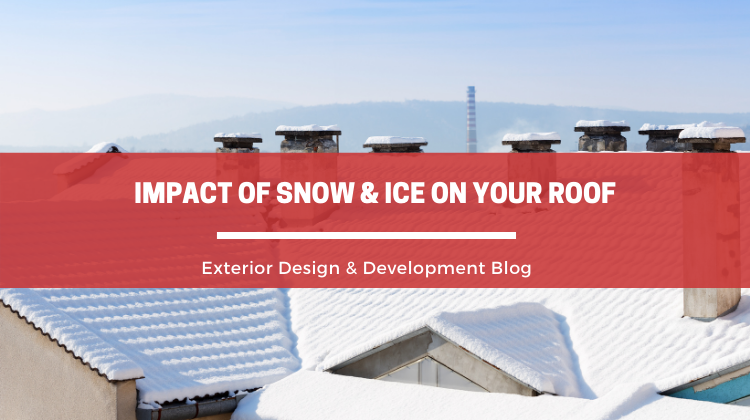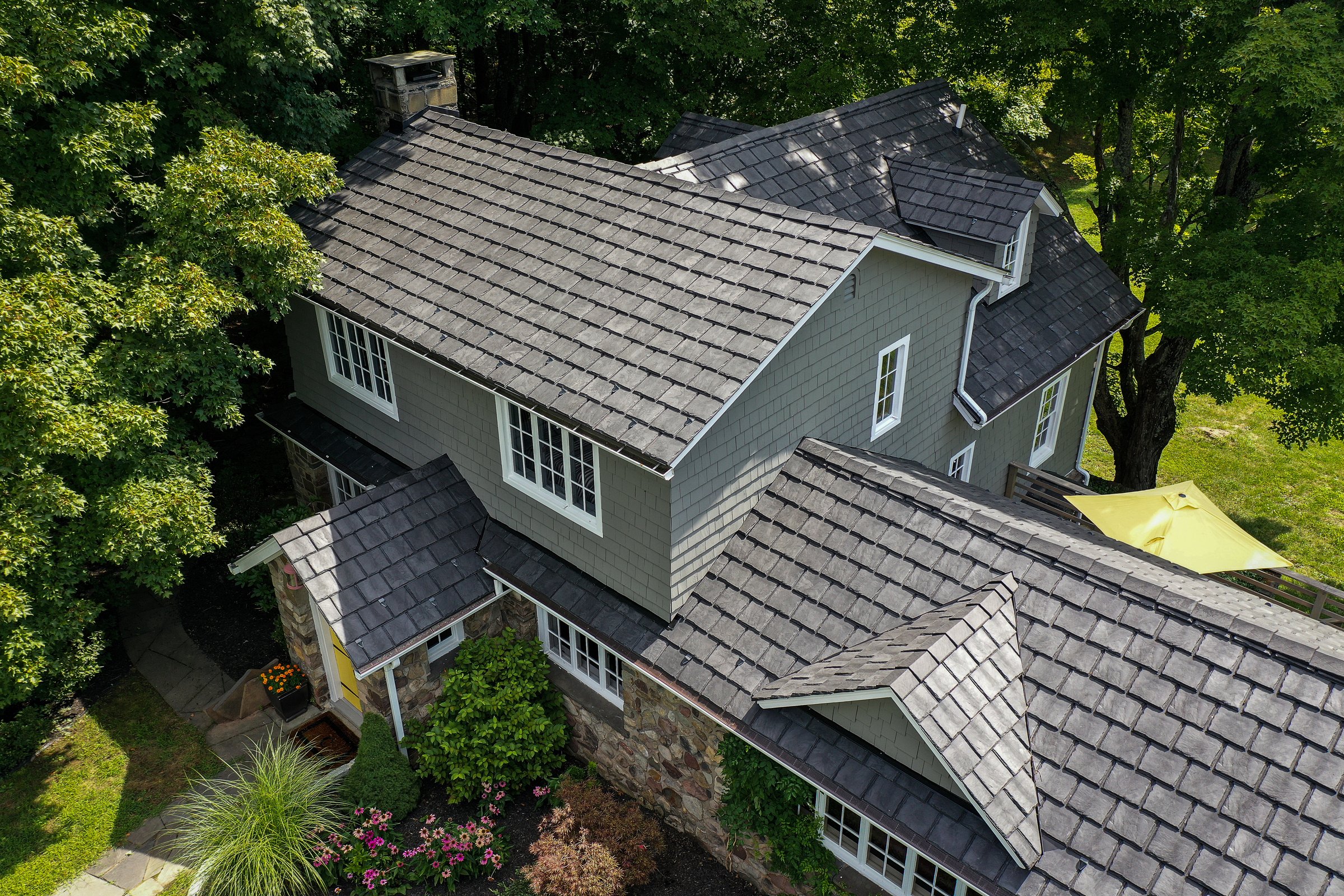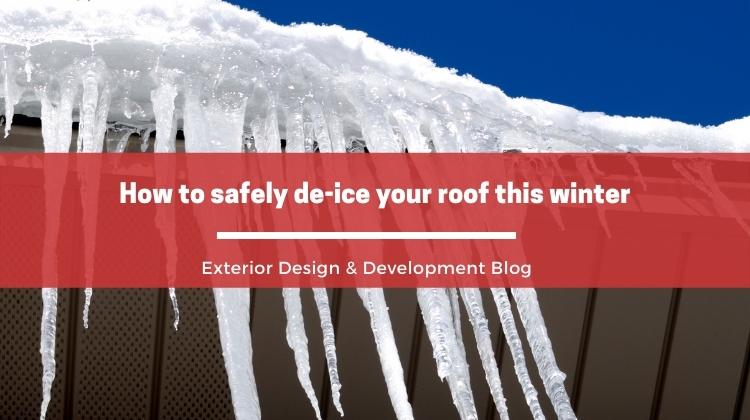Your roof is the most important part of your home. It protects you, your family, and all of your belongings inside of your home. Winter weather can be extremely difficult on the surface and structure of your roof. So, to make sure that doesn't happen, you need to understand the damage that winter conditions can have on your roof.
ICE DAMS
Ice dams can happen when there is warm air getting in around the edge of your roof. It will cause ice and snow by your gutters to melt. When it freezes again, ice will build up around the edge of your roof causing an ice dam. In turn, this will hold the water and snow on your roof, not letting it drain off and that can lead to more extensive problems. When ice dams prevent water and/or snow from draining off the roof it can cause leaks. It can also cause damage to your gutters when the ice repeatedly melts and re-freezes.
FREEZING AND MELTING
If you live in snowy regions or you at least know enough about the winter weather there, then you know how potholes seem to appear out of nowhere. Potholes are caused by the roads freezing and melting many times throughout the winter season. Water seeps into the small cracks in the road and as it expands the cracks become larger. The same thing can happen to your roof. If the water gets in between the gaps in your shingles and freezes then it expands and can rip your shingles away from your roof. Any cracks that are already in your roof will be made even larger.
WATER LEAKS
People seem to be more fearful of the spring/summer months when most areas get more rain. Yes, rain is bad when you already have a leak in your roof but the winter weather can actually cause your roof to have leaks. Snow can cause stress with your roof joists, but it can also get under your shingles and into smaller cracks below. This type of leak can cause roofs that are already damaged to become worse. Once the snow is under your shingles and the powerful rays of the sun melt it, you may find water leaks inside your home. Your insulation gets soaked, ceilings and walls get wet and this can cause mold if not treated properly.
STRESS
If you have ever had the wooden handle of a snow shovel snap in your hands or the end of a plastic shovel break in half, then you have an idea of what kind of weight stress your roof is under when there are ice and snow piled on it. The weight from any amount of snow can be devastating to your roof. If your roof starts to sag under the pressure, this creates a valley like indentation that allows for more ice and snow to gather. As the snow and ice gather in the same location the downward pressure can ultimately cause a roof collapse.
HOW SNOW AND ICE IMPACT ROOFING MATERIALS
As you may know, there are many different types of roofing materials. Winter weather can impact each type of material differently. Below is a list of some of those materials and how they are impacted.
SLATE:
Shingles are a thin rock and extremely resistant to temperature change and damage from water. If cared for, these slate roofs can actually last up to one hundred years.
CLAY TILE:
Clay tile is normally found on roofs that are in warmer climates. This material holds up under intense cold. A clay roof will trap air under the tiles and act like an insulator therefore keeping your home warm. The warmth of the clay can help to prevent ice dams from forming on your roof.
COPPER:
This roofing material can last fifty years or more provided it is well cared for. It is resistant to different water damage, being it's a hard metal. Things like mildew, mold, and any kind of damage that is due to water. It can also stand up to a hailstorm.
ASPHALT SHINGLES:
Shingle roofs are generally going to be able to hold the least amount of weight. This is not because of the material itself. When a home is built or a heavy roofing material, like slate or tile, are installed, structural support is added to handle the weight of the material. Since shingles are a lightweight but still durable material, you don't get the added weight rating that you would with the heavier roofing systems.
Prevention
There are three ways to help prevent winter weather damage to your roof:
- Clean your roof twice a year.
- Inspect your roof once a year
- Replace damaged areas
Follow these prevention tips and if you have to replace or repair your roof, remember, we've got you covered!






